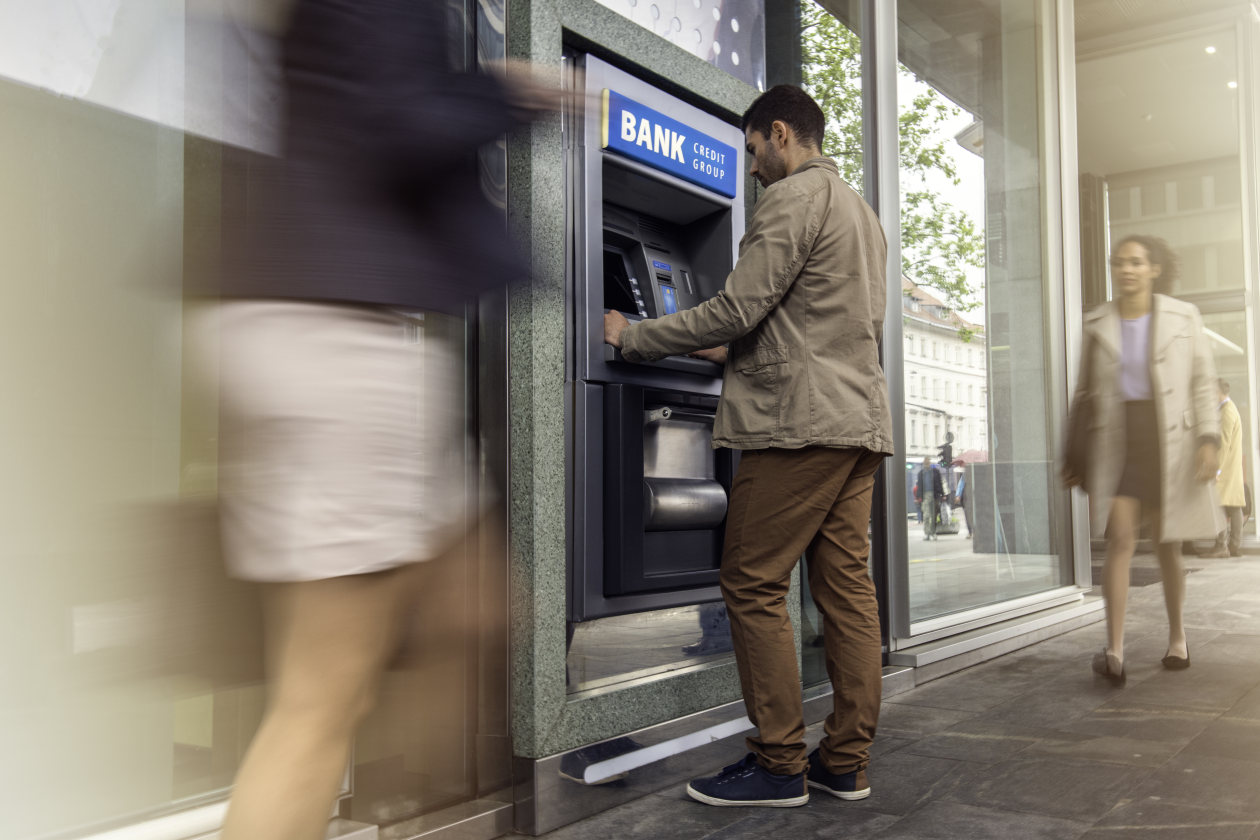When savings rates are falling, it’s easy to assume that sticking with what you know is best. But the cost of staying put is rising and there are often far better rates out there to get your cash working harder.
Here’s how you can get the most out of your savings and avoid the pitfalls of staying where you are.
This article isn’t personal advice. If you’re not sure if an action is right for you, ask for advice.
What’s the cost of doing nothing?
Nearly half of savers haven’t moved any of their savings in the past year and almost a quarter have never switched at all*.
When rates drop, it can put people off switching. They’re less likely to switch because they can’t see the hope of a great rate elsewhere. Instead, they might try and minimise the damage by standing their ground.
A common worry is rates might fall again after they’ve moved, or that lower rates aren’t worth the effort involved to switch.
However, because the high street giants generally slash rates far faster than challenger providers, the cost of savings inertia is climbing.
The most competitive accounts offer over 4% on easy-access savings Meanwhile, the average from the big four high street instant access accounts offers just 1.17% on £20,000 of savings**.
For a saver with £20,000 of savings, this could be costing you over £600 a year.
The high street giants have often been far quicker to cut rates than the most competitive on the market, it can widen the gap as rates fall.
The more you have tucked away in savings, the more expensive doing nothing becomes.
The HL Savings & Resilience Barometer shows that the 20% highest-earning households in the UK hold an average of £37,665 in savings. That means the difference between average rates from across the high street giants and the best rate available from HL’s Active Savings of 4.26% AER would cost them more than £1,000 a year.
AER stands for Annual Equivalent Rate and show what the rate would be if interest was paid and compounded once a year. It helps you compare the rates on different savings products.
Gross is the rate without any tax removed. Interest is paid gross. You are responsible for paying any tax due on interest that exceeds your Personal Savings Allowance to HM Revenue & Customs. Tax treatment can change
How much interest are you missing out on?
Provider | Rate %AER | £5,000 | £10,000 | £20,000 | £40,000 |
|---|---|---|---|---|---|
Barclays Everyday Saver | 1.16% | £155.00 | £310.00 | £620.00 | £1,240.00 |
Lloyds Easy Saver | 1.05% and 1.15% *** | £160.50 | £321.00 | £642.00 | £1,244.00 |
HSBC Flexible Saver | 1.35% | £145.50 | £291.00 | £582.00 | £1,164.00 |
NatWest Flexible Saver | 1.15% and 1.70%*** | £155.50 | £311.00 | £622.00 | £1,024.00 |
***Tiered interest, first rate on £1-£24,499 and second rate on £25,000-£99,999.
This example assumes rates stay the same for 12 months, but they’re subject to change. The interest paid can differ from the AER and you could also pay tax depending on your personal circumstances.
With easy-access through Active Savings, withdrawals take up to one working day. With instant access from the big high street banks, withdrawals are immediate. Rates can be withdrawn at any time.
Moving your savings from a high street giant to a savings platform, like HL’s Active Savings, can help you avoid losing out each year. That’s because savings platforms bring rates from different providers all into one place so you can pick what’s right for you.
How to take control of your savings
If you want to make your money work harder, you need to be clear on what your savings are for.
Then, you can build a three-stage plan that matches your goals.
Build an emergency fund
If you’re still working, aim for three to six months of essential spending in easy-access for any emergencies.
For those retired, aim for one to three years’ worth. This can be accessed quickly for when life’s nasty surprises happen like your engine light coming on or your boiler breaking down.
Short-term goals
Fix your savings for set periods like a year or five years to match your needs – whether it’s a new car, a big holiday, or home improvements. Locking in a rate also gives you an idea of what you’ll get back over time.
Long-term plans
If you’re not going to need the money for five years or more, consider investing in a Stocks and Shares ISA for the potential of higher returns over time. Unlike the security of cash savings, investments can fall as well as rise in value, so you could get back less than you invest.
Whatever you’re saving for, shopping around for better rates is key. However, managing multiple accounts with different banks isn’t for everyone, as it can be hard to keep track.
Here’s where Active Savings can help.
With Active Savings, you can:
Access great rates from a range of partner banks and building societies.
Open and manage multiple products in one easy-to-use online dashboard.
Switch in just a few clicks when better rates become available.
If you want your cash to work harder without the hassle, Active Savings could be the answer.
And, currently you could get cashback when you open a new savings account. Terms apply.
* Figures in this article are from a survey of 2,000 people by Opinium for HL in April 2025.
This website is issued by Hargreaves Lansdown Asset Management Limited (company number 1896481), which is authorised and regulated by the Financial Conduct Authority with firm reference 115248.
The Active Savings service is provided by Hargreaves Lansdown Savings Limited (company number 8355960). Hargreaves Lansdown Savings Limited is authorised and regulated by the Financial Conduct Authority (firm reference number 915119). Hargreaves Lansdown Savings Limited is authorised by the Financial Conduct Authority under the Electronic Money Regulations 2011 with firm reference 901007 for the issuing of electronic money. Hargreaves Lansdown Asset Management Limited and Hargreaves Lansdown Savings Limited are subsidiaries of Hargreaves Lansdown (company number 2122142).




